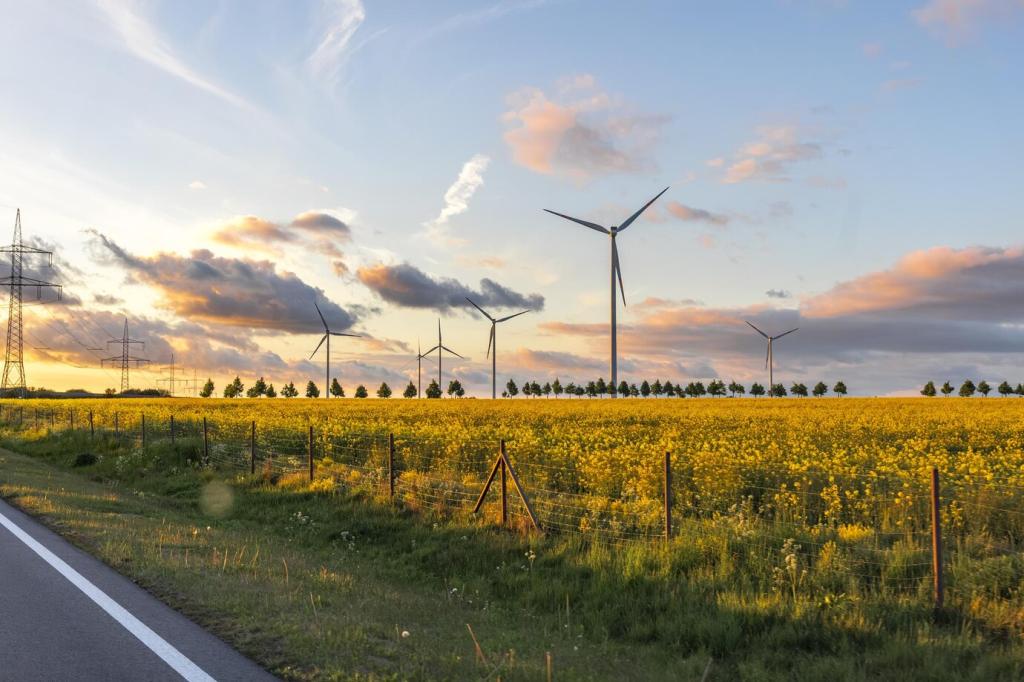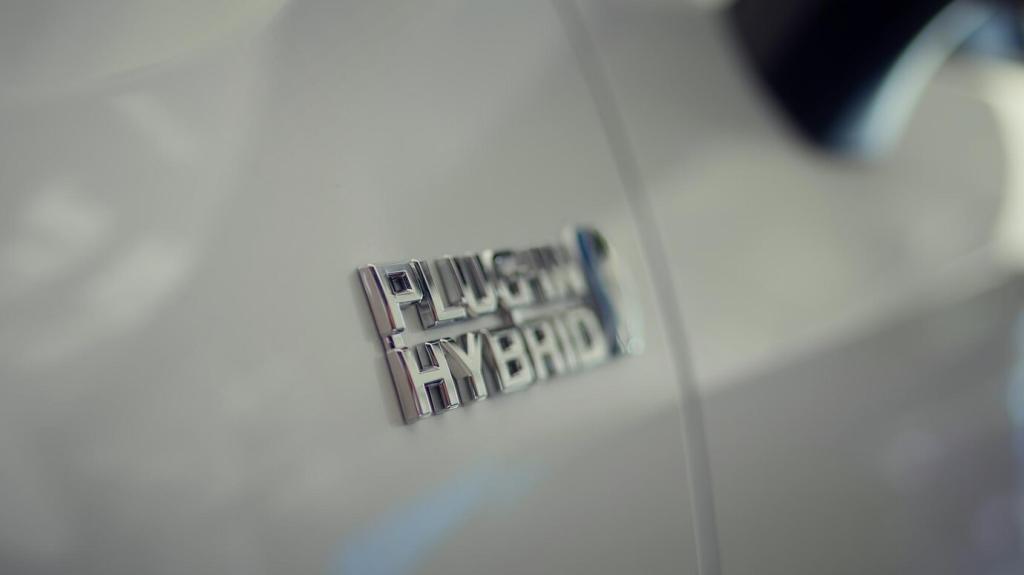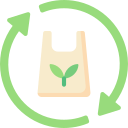Understanding Textile Upcycling Innovations
Welcome to our deep dive into Understanding Textile Upcycling Innovations. Discover how discarded fabrics are transformed into higher-value materials through inventive design, breakthrough processes, and real-world collaboration. Subscribe and join our community shaping fashion’s circular future.



From Waste to Worth: The New Basics of Upcycling
Recycling often breaks materials down into lower-value outputs, while upcycling keeps or increases value through design, craftsmanship, and smarter processing. In textiles, that means better garments from leftovers, not rags from shirts.
From Waste to Worth: The New Basics of Upcycling
Every year, tens of millions of tons of textiles head to landfills or incinerators. Innovations turn this waste into resources, reducing pressure on water, energy, and farmland. Your attention and choices help drive demand for solutions.

Design for Disassembly and Modular Fashion
Seams that Set Materials Free
Strategic stitching, reversible construction, and even heat- or water-soluble threads allow panels to detach without shredding. This preserves fabric integrity for higher-value upcycling, cutting labor time and expanding creative possibilities for makers.
Modular Patterns, Endless Lives
Modular blocks let sleeves, collars, and pockets swap across styles. When a section wears out, replace only that module. Share your favorite modular ideas below, and subscribe for pattern updates and maker meetups.
Labels, Passports, and Traceability
QR labels and digital passports store fiber content, dye processes, and repair tips. Upcyclers can scan, plan, and execute with confidence. Tell us what data would help you most during your next project.

Community Stories: Upcyclers Changing the Narrative
One neighborhood tailor started salvaging vintage curtains, using their sturdy weaves for dramatic coats. Customers bring memories stitched into hems, and leave with statement pieces. Share your curtain-to-coat ideas in the comments today.

Community Stories: Upcyclers Changing the Narrative
Students organized a textile swap, then prototyped bags from damaged denim. They documented yield rates, stitch times, and pricing to test viability. Their transparency inspired local partners to sponsor tools and workshops for newcomers.
Measuring Impact Honestly
A strong life cycle assessment defines boundaries, scenario assumptions, and functional units. Upcycling models should include collection, sorting, rework, and transport. Look for sensitivity analyses that reveal where improvements matter most.
Measuring Impact Honestly
Mechanical upcycling often saves water compared with virgin fiber production, but electricity sources and finishing steps matter. Use microfiber filters, choose tight weaves, and wash cool to reduce shedding. Share your filtration tips with readers.

Business Models Powering Upcycling
Effective programs categorize by fiber, color, and condition at intake, preserving value. Clear donation criteria reduce contamination. Comment with your experiences using take-back bins, and we’ll compile best practices for our community.




